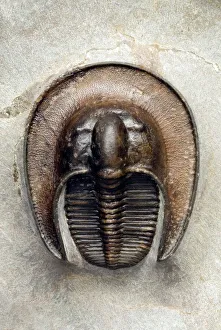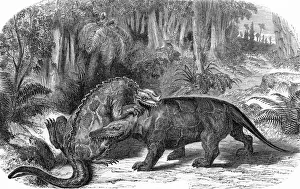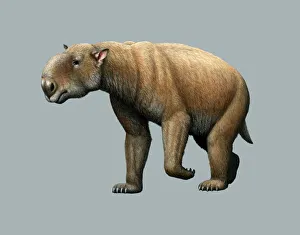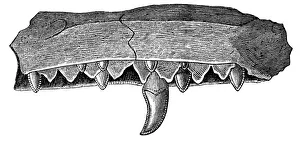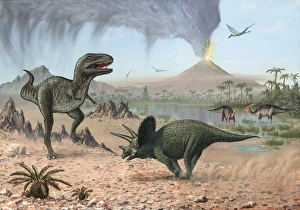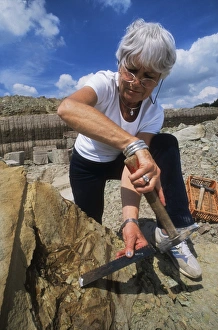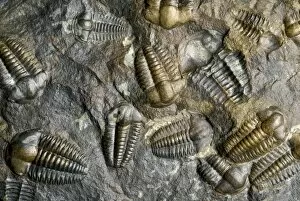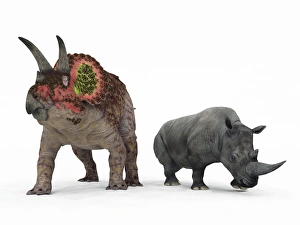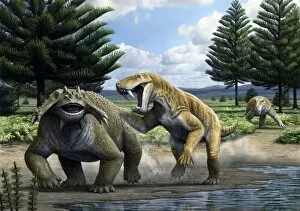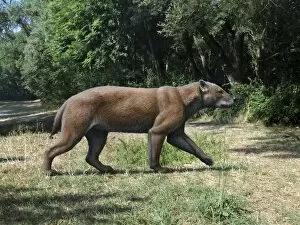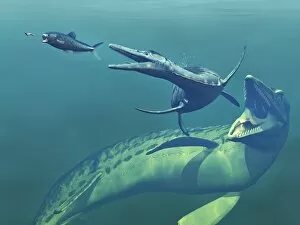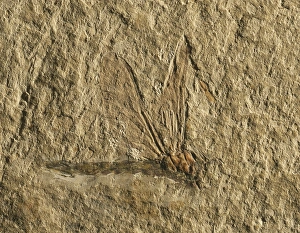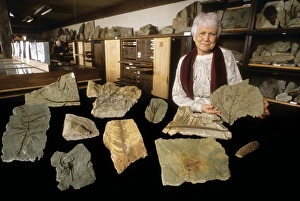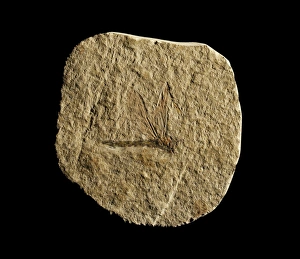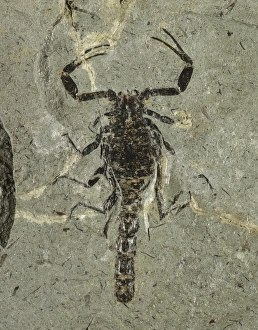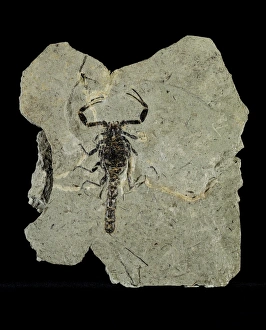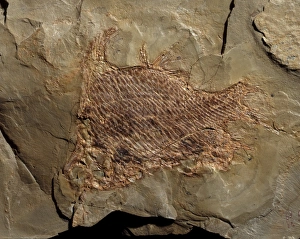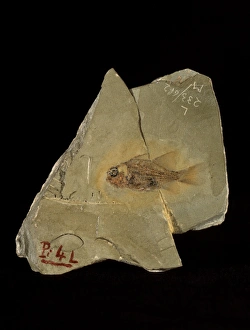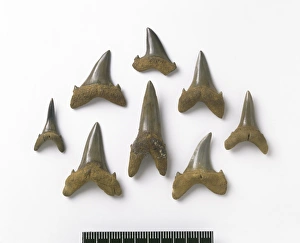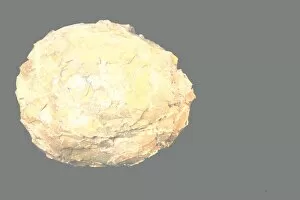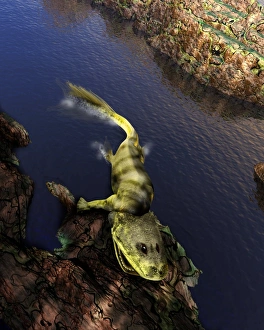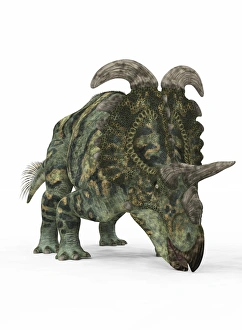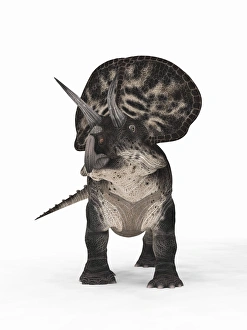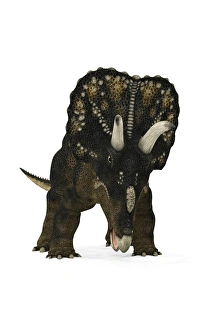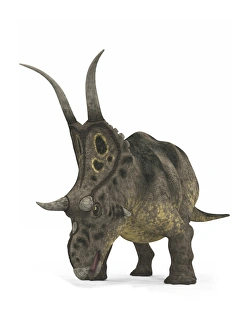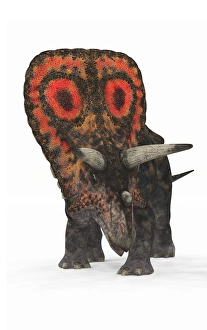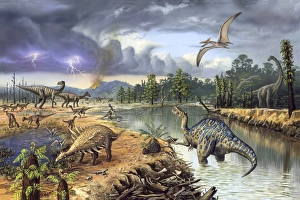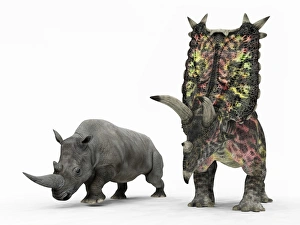Paleozoological Collection
Step back in time and explore the fascinating world wonders. 🦖🌍 Unearthed from the depths of history, a trilobite fossil takes center stage
All Professionally Made to Order for Quick Shipping
Step back in time and explore the fascinating world wonders. 🦖🌍 Unearthed from the depths of history, a trilobite fossil takes center stage. Its intricate exoskeleton tells tales of ancient oceans and long-lost creatures that once roamed our planet. Immerse yourself in a prehistoric landscape as Iguanodon and Megalosaurus come to life through captivating artwork. These majestic dinosaurs, with their razor-sharp teeth and powerful limbs, transport us to an era when giants ruled the Earth. Comparing cerapod dinosaurs to a rhino reveals astonishing similarities between these distant relatives. The sheer size and strength of these herbivores are awe-inspiring, reminding us that nature's design knows no bounds. Venture into the realm of imagination as artwork brings forth the image of a prehistoric giant wombat. This colossal creature sparks wonder about its existence and leaves us yearning for more knowledge about this mysterious species. A 19th-century artwork showcases the formidable jaw of Megalosaurus, capturing its ferocity in stunning detail. It serves as a testament to humanity's fascination with these ancient predators that once dominated land before making way for new forms of life. Dive beneath the waves with mesmerizing artwork depicting Cretaceous marine predators lurking in primordial seas. Their sleek bodies and sharp teeth remind us that even beneath tranquil waters, danger lurked at every turn. Meet Lea Grauvogel-Stamm, an esteemed palaeontologist whose tireless efforts have unraveled countless secrets hidden within fossils like Libelluloidea dragonfly fossil C018 / 9409. Her dedication inspires future generations to continue exploring our planet's rich paleozoological heritage. Travel across continents as we delve into Brazil's Cretaceous period through vivid imagery portraying a vibrant prehistoric scene. Here, unfamiliar creatures roam freely amidst lush landscapes - a testament to the incredible diversity that once thrived on Earth.

